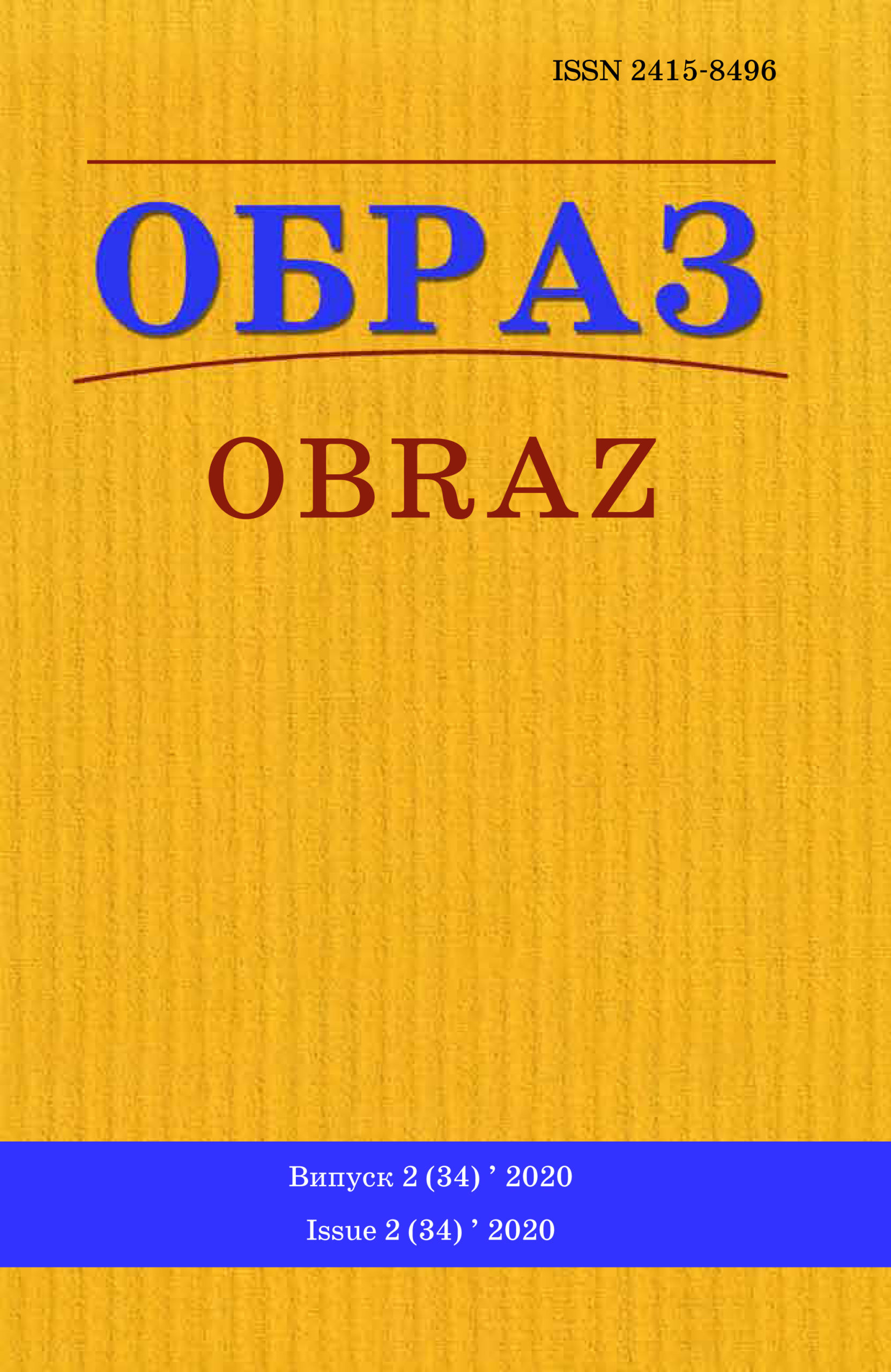Abstract
Introduction. The aim of this article is to determine the main features of publicistic polemic about the participation and role of Volodymyr Starosolsky in Ukrainian-Polish understanding of 1919–1920. The Lviv newspapers «Vpered/Forward», «Hromadska Dumka /Public Opinion», «Nova Rada/New Council» and the Vienna magazine «Ukrainskyi Prapor/ Ukrainian Flag» were selected for an object of the study. Methods. Methods of analysis, synthesis, comparative method and press clipping made it possible to define the basic concepts of publicistic polemic. Historical and logical methods were used for stating the facts objectivity. The biographical method allowed to reveal the political activity of Volodymyr Starosolsky. Results and conclusions. From September 1919 till January 1920 Volodymyr Starosolsky published three articles on the problems of state formation in the Lviv diary «Vpered/ Forward». Ukrainian politicians Kost Levytsky, Pavlo Lysyak («Ukrainskyi Prapor/ Ukrainian Flag»), and other authors (Lviv newspapers «Hromadska Dumka/Public Opinion», «Nova Rada/New Council») responded with their articles too. The latter condemned Volodymyr Starosolsky for his participation and role in the Ukrainian-Polish negotiations, which ended with the conclusion of the Treaty of Warsaw in 1920 and with the surrendering of Western Ukraine by Ukrainian People’s Republic in favor of Poland. The Social Democrat Mykola Hankevych and Dmytro Dontsov defended Volodymyr Starosolsky in the magazine «Vpered/Forward». Concepts «sobornist», «independence», «nation», «particularism» were defined as the main in this polemic.
References
1. Volodymyr Starosolsky, 1878–1942. (1991) Memoirs of the Shevchenko scientific society. New York et al. Vol. 210. 411 p.
2. Romanyuk, M. M. (2002) Lviv Ukrainian Journals 1848-1939: historical and bibliographic research: in 3 vol. Svit, Lviv. vol. 2: 1901–1919. 692 p.
3. Snitsarchuk, L. (2009) Ukrainian Galician Press (1919–1939) and Discourse about Journalism. Lviv, 416 p.
4. Lysiak Rudnytsky, I. (1994) Historical Essays. Osnovy, Kyiv. vol. 1. 554 p.
5. Lysiak Rudnytsky, I. (1994) Historical Essays. Osnovy, Kyiv. vol. 2. 573 p.
6. Turn from captivity // Vpered / Forward. 19. 09. 1919.
7. Levytsky K. Where are the roads? // Ukrainskyi Prapor / Ukrainian Flag. 23. 08. 1919.
8. Hankevych M. Federation or independence? // Vpered / Forward. 17. 09. 1919.
9. Starosolsky V. Let’s not give in to nerves! // Ibid. 19. 09. 1919.
10. Levytsky K. The policy of nerves or entertainment // Ukrainskyi Prapor / Ukrainian Flag. 01. 10. 1919.
11. Dontsov D. About our Russophilia // Vpered / Forward. 02. 01. 1920.
12. I. B. The triumph of untruth is short // Hromadska Dumka / Public Opinion. 5. 01. 1920.
13. Starosolsky V. Two methods // Vpered / Forward. 25. 12. 1919.
14. Lysyak P. Theory of suicide policy // Ukrainskyi Prapor / Ukrainian Flag. 9. 01. 1920.
15. Agreement of Ukrainian socialists with Poland // Hromadska Dumka / Public Opinion. 01. 01. 1920.
16. Central State Archives of Supreme Bodies of Power and Government of Ukraine (TsDAVO of Ukraine). F. 1429. Desc. 5. File 2 p. 10.
17. Central State Archives of Public Organizations of Ukraine. F. 269. Desc. 2. File 246.
18. TsDAVO of Ukraine. F. 3696. Desc. 2. File 275.
19. Starosolsky V. Two more methods. Answer to answer // Vpered / Forward. 28. 01. 1920.
20. Starosolsky V. Two more methods. Answer to answer // Ibid. 29. 01. 1920.
21. Starosolsky V. Two more methods. Answer to answer // Ibid. 30. 01. 1920.
22. Central State Historical Archives of Ukraine in Lviv (TsDIAL). F. 360. Desc. 1. File 476 p. 5.
23. TsDIAL. F. 360 Desc. 1. File 523. p. 4.

This work is licensed under a Creative Commons Attribution 4.0 International License.

